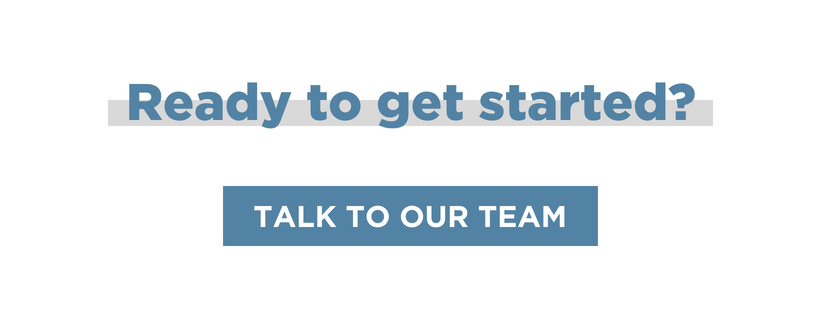Staffing Trends After COVID-19: Who And How To Hire
By: Sarah Robins
As the VP of Sales and Client Relations at Vanderbloemen, I spend a lot of my time talking to board members, pastors, and leaders about staffing, organizational structure, and trends coming down the pipeline for different organizations. To equip you with the insights we're gaining every day through these conversations, I've outlined the top staffing trends that leaders see coming from COVID-19.
Hiring Trends: The Critical Roles To Fill
This remote work time has shown us what we don't have. Some of the top roles we're hearing organizations talk about include:
Videographer: Right now we're learning the importance of video communication. Not only do we need staff who understand the technology necessary for video communication, but they also need to possess presentation skills. You can outsource video if it's not one of your larger strategies, but with the trends we're seeing in online engagement, video should become a higher priority for every organization.
Connections and Assimilation - There will be a huge emphasis within churches on connection and assimilation. It's critical for the person who's in charge of this area of your church to be structured and organized, but now more than ever, they also need to be relatable and gifted in forming relationships, even when the immediate connection is lacking. Prior to COVID-19, you typically targeted regular-basis visitors to assimilate into small groups and other church engagements. Now, you'll have to reach farther to connect with online viewers.
Communications and Creative Roles - To really draw people into your church community, you'll need a communications specialist who can communicate your mission and vision in a clear, compelling way to the outside world. Your church identity tells people how you create the story of Christ. Investing in communicating this is extremely important moving forward as church-goers have more avenues for spiritual learning.
Shifts In The Hiring Process
Virtual Interviewing - More organizations will adopt virtual interviews and hiring decisions moving forward. We've now seen this practice successfully work with Moody Church virtually voting to bring on their next pastor, among many others. The current need for virtual interviews will give people the confidence moving forward to do the same when it's easier than spending the money flying someone out or the time traveling to meet with candidates. While this is a step up in productivity, there are two considerations to remember.
In-person connection is still so critical to finding the right candidate for your culture, so don't forget the importance of that connection for important hires.
Second, some people are more charismatic on video and others are more reserved. Video cannot give you the whole picture of someone's personality, so be sure to dig deep to find out if what you see from someone is a video trait or a real personality trait.
At Vanderbloemen, we've navigated online interviews for years, so if you have questions on getting started, we're happy to walk you through these challenges. Connect with us.
Survival Of The Agile
A trend that's been growing for years, but COVID-19 forced us into appreciating more, is agility. The future will be less about survival of the fittest and more about survival of the agile. While skillsets will still be critical to fill roles, flexibility will be an invaluable trait as organizations realize the importance of pivoting to meet the needs of your current environment. The ministries that have adopted agility in this time are still seeing success - they've been able to maintain giving, engagement, and are doing even more in their communities than they were before because of their willingness to shift their priorities to care for the current need.
Every organization should strive to be more agile than they were previously, so take time to think through where you tend to get stuck, where you default on old patterns rather than innovating, and what friction areas are the highest in your organization.
Clear Vision
Our operations have adapted so much that you'll want to make sure you know your focus as you transition back to gathering in person. We are in a transitional period that offers an opportunity for a deeper development of your vision. If not taken seriously, your organization could end up in a muddy place after coming out of this confusing and messy time. Take these practical steps to start tuning your organization's vision.
1. Start by thinking about the mission of your organization. What's your purpose? Every hire, task, and project should speak to this mission. Be sure to clarify this with your leadership team and staff to ensure your entire organization is moving in the same direction.
2. Assess the changes you've made during COVID-19. What practices worked that you want to continue? What wasn't working that might need to shift now? Make sure every process moving forward relates to your vision.
3. What staff members will you need to carry this out? You may have had to make the tough decision of laying off some staff. Now that you've assessed the skills and roles you will need to be successful moving forward, determine the organizational structure and shift in responsibility necessary to achieve this. Plan for hires to fill these rolls when it's feasible.
Transitions are always challenging, especially after a crisis, however, if you use this time as an opportunity to reassess your organization, you can make impactful and lasting changes that will benefit your organization moving forward.




